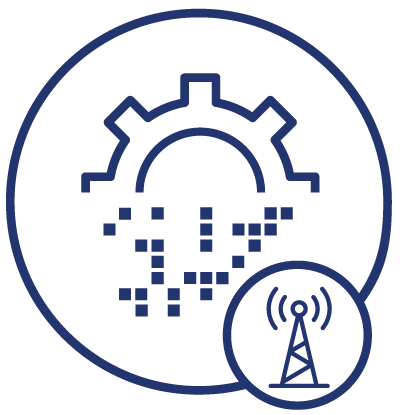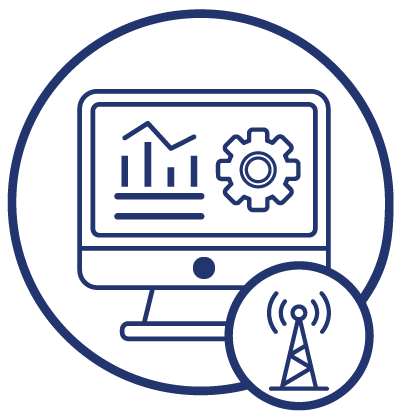The telecom sector, as with every other sector today, is being disrupted by digital technology. Competition is fierce but digital transformation is also spurring innovation. Access to vast amounts of customer data is allowing telecom providers to digitally enhance processes, as well as customer experience.
We have selected three articles that explore the state of digital transformation in telecommunications and what is driving it. The articles also provide trends and advice on digital strategy.
Includes comments by Ross Sibbald on how telecommunication providers can spur their digital transformation efforts by implementing consistent, relevant, interactive digital customer communication.
Are you ready to digitally transform your telecom communications?
Transform telecom: A data-driven strategy for digital transformation
A white paper by LiquidHub and Hitachi Vantara that explores the current telecom landscape. It supports the transformation of telecoms to a more “data-driven digital transformation model and strategy.” As with most industries today, telecoms are facing digital disruption, meaning competition is fierce, but there is also plenty of opportunities to innovate.
The white paper discusses five “key strategic initiatives” that the authors believe telecom providers should include on their transformation agenda – namely: “data-driven analytics capability; digitizing the order management process; innovation around the customer experience, streamlining the application landscape and standardizing as well as automating the IT infrastructure.”
Interesting to note that innovation around customer experience, for some, included the switch to paperless billing, which has enabled these operators to improve cost efficiency as well as customer experience. Read further to learn more.
- Publisher: Hitachi
- Access: Public
- Download: White paper
Digital transformation for 2020 and beyond: eight telco considerations
This is an overview of a global telecommunications study undertaken by EY, which reveals that the telecoms sector is currently being disrupted by technology, competitors and customer needs.
It summarizes the views of telecoms industry leaders obtained from its research into eight key messages around these topics: industry challenges; what’s leading the 2020 strategic agenda; the near term spending agenda; network capex vs IT spending profiles; approach to digital services opportunity; top innovation drivers vs legacy and skills shortage; status of process automation and the post-2020 landscape.
Read further to discover how operators’ views differ according to market maturity and what seven key considerations telcos should include on their agenda for their digital transformation journey in 2020 and beyond.
- Publisher: EY
- Access: Public
- Download: None
Digital transformation in the telecom industry: What's driving it?
As with all other industries, digital transformation is inevitable in the telecoms sector. In this article, the increase in the adoption of cloud-hosted telephony solutions is noted. Cloud is becoming popular in this sector, as it not only streamlines the delivery of both data and voice but also improves cost savings, as well as productivity.
New technologies such as AI-driven personal assistants and chatbots will drive future interactions in this sector. Another trend mentioned is the “rise of omnichannel contact centers” which extend interactions beyond voice to other channels, namely web chat and social media. While multi-channel, big data and the Internet of Things (IoT) leverage customer data to deliver value in each interaction.
The shift to digital also means a different approach to work culture. Read further to learn more about the advantage GDPR has created for European cloud communication companies.
- Publisher: Information Age
- Access: Public
- Download: None
A comment from our digital communication expert:
No industry is immune to digital transformation and telecommunications has long been viewed as a sector that would, and will continue to, experience massive disruption.
After decades of growth and exponential profits, telcos are under pressure to reinvent their core business in order to capture a larger slice of today’s digital consumers. Customers want consistent, relevant and useful communication from their telecom providers, delivered via their preferred channel and exactly when they need it.
Telecommunication providers can enhance their relationship with customers through consistent, relevant and useful digital communication.
A good place to start is by providing customers with an interactive digital bill – either by email or online – where they can easily dispute at a line item level, update details, interact via live chat, submit payments and engage with segment-specific marketing that includes a quick payment process. This is convenient for the customer and reduces expenses for the telco.

















